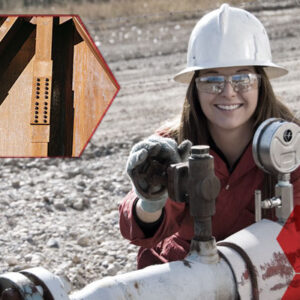Introduction
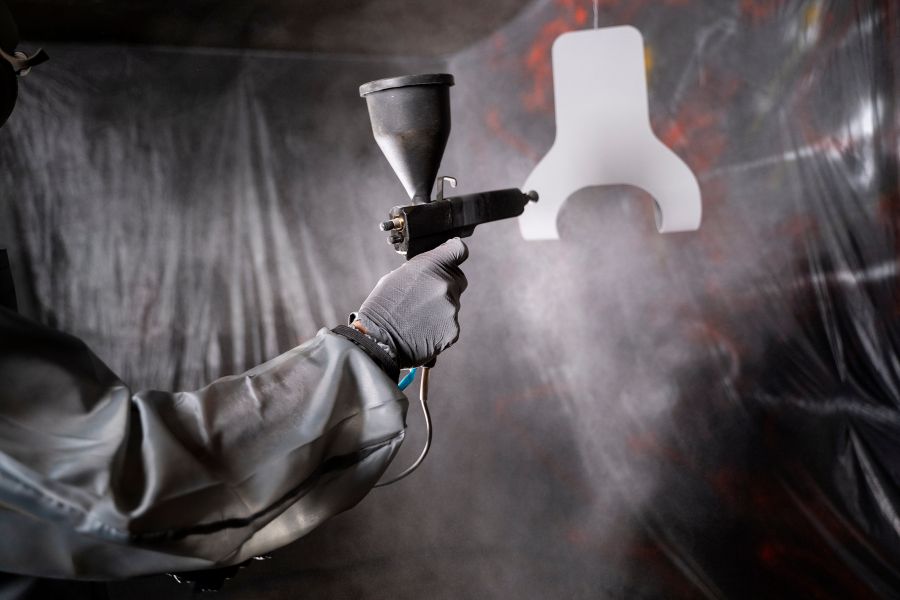
In the world of industrial infrastructure and critical systems, corrosion remains a relentless adversary. The consequences of corrosion can be catastrophic, leading to equipment failure, environmental damage, and significant financial losses. To combat this ubiquitous threat, engineers and professionals in various industries are continually seeking advanced corrosion control strategies that can safeguard critical systems. In this blog, we will explore some cutting-edge approaches to corrosion control that are essential for protecting the integrity and longevity of critical infrastructure.
Corrosion, a relentless and pervasive adversary, has the potential to wreak havoc on critical systems, leading to equipment failure, environmental harm, and substantial financial setbacks. Safeguarding the integrity and longevity of these systems demands constant vigilance and the application of advanced corrosion control strategies. Typically driven by electrochemical reactions involving metals, moisture, and oxygen, corrosion manifests as rust or various forms of material degradation.
Understanding the Corrosion:
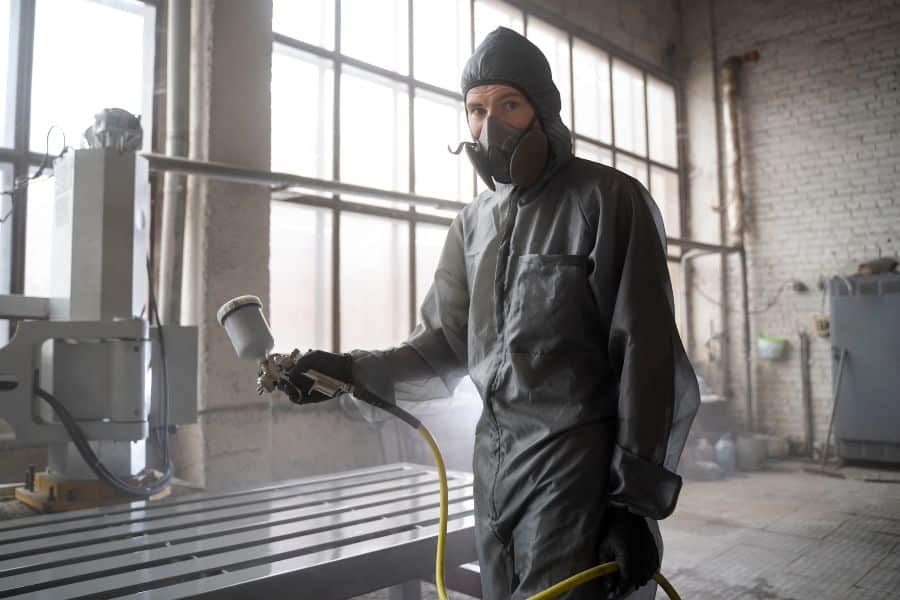
Corrosion, often referred to as the “silent destroyer”, can manifest in various forms, including uniform corrosion, pitting corrosion, crevice corrosion, and stress corrosion cracking. Critical systems, such as pipelines, bridges, and industrial machinery, are particularly vulnerable due to their exposure to harsh environments and high-stress levels. To effectively combat corrosion, it is crucial to understand the specific challenges posed by each system.
To effectively address this challenge, it’s essential to gain a deeper understanding of the nature of corrosion and the specific issues it presents for critical systems.
Before delving into advanced corrosion control strategies, it’s crucial to have a solid understanding of what corrosion is and how it occurs. Corrosion is the natural process of materials deteriorating when exposed to their environment. It typically involves the electrochemical reaction between a metal, moisture, and oxygen. The outcome is the formation of rust or other forms of material degradation, leading to structural weakness and failure over time.
Advanced Corrosion Monitoring Techniques:
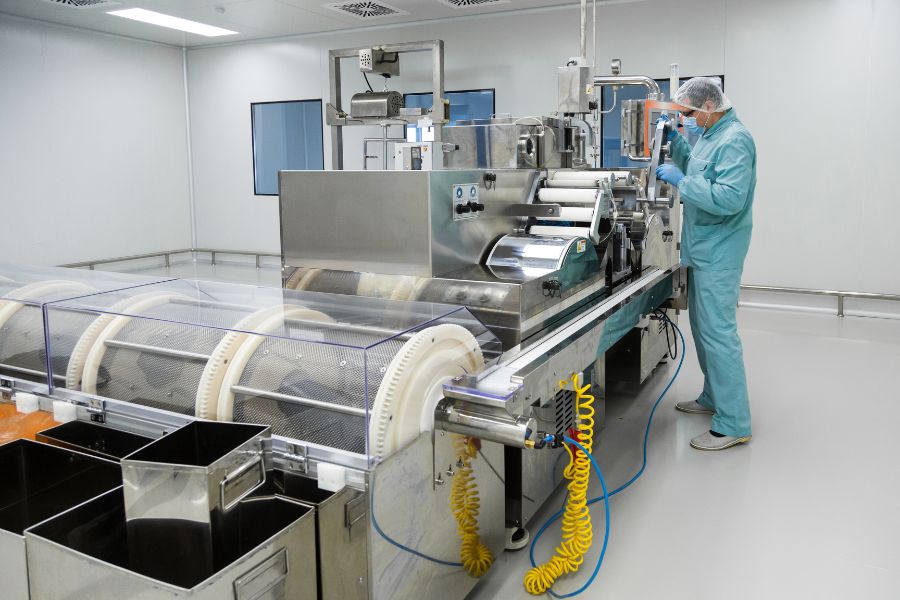
One of the first lines of defense against corrosion is early detection. Advanced corrosion monitoring techniques have evolved significantly in recent years. These techniques include:
1. Electrochemical Impedance Spectroscopy (EIS): EIS is a non-destructive technique that provides real-time data on the corrosion rate and damage extent. It is particularly useful for assessing the condition of critical systems without the need for physical inspection.
It operates on the principle of measuring impedance (resistance to alternating current) in a system over a range of frequencies. Here’s how EIS works:
- Principle: EIS involves applying a small AC voltage to the metal surface or critical component. By analyzing the resulting current response, EIS can determine various electrochemical parameters, including corrosion rate, polarization resistance, and capacitance.
- Benefits: EIS provides real-time data on corrosion processes and can detect early-stage corrosion, making it an excellent tool for preventive maintenance. It can assess the integrity of coatings and predict the remaining service life of critical components.
- Applications: EIS is widely used in industries such as oil and gas, aerospace, and marine to monitor the condition of pipelines, offshore platforms, and ship hulls. It is also valuable in assessing the effectiveness of corrosion inhibitors and protective coatings.
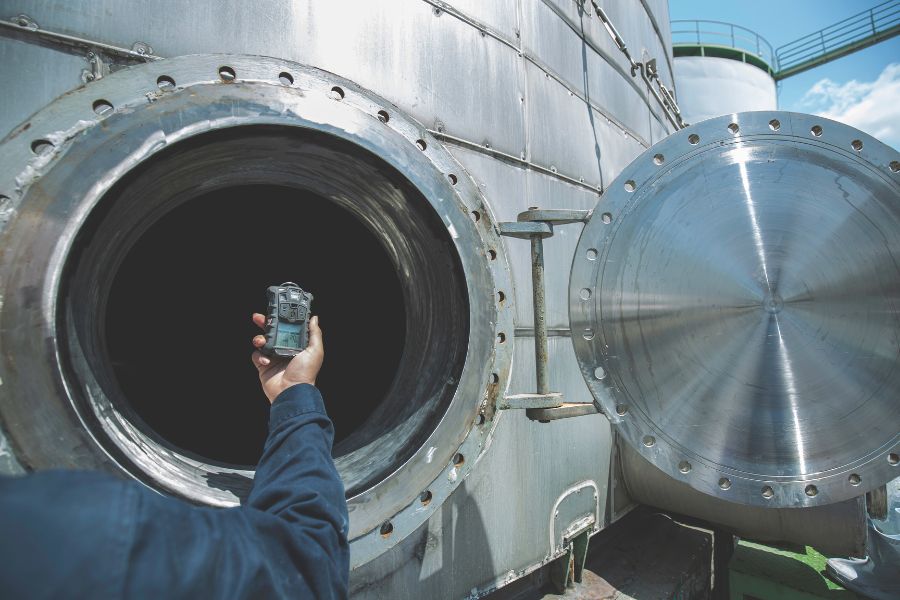
2. Ultrasonic Testing (UT): UT uses high-frequency sound waves to detect and quantify corrosion and material loss. It is especially effective for inspecting pipelines, storage tanks, and other critical infrastructure components.
It’s particularly effective for assessing the thickness and integrity of metal structures. Here’s a closer look:
- Procedure: UT involves sending high-frequency sound waves into the material being tested and recording the time it takes for the waves to return after reflecting off interfaces or corrosion-related defects. By analyzing the travel time and amplitude of the returning waves, UT can provide information about material thickness and the presence of corrosion.
- Benefits: UT can detect corrosion in its early stages and assess the extent of damage. It is non-invasive and suitable for various materials, including metals, composites, and plastics.
- Applications: UT is commonly used in critical systems such as pipelines, storage tanks, bridges, and pressure vessels. It’s invaluable for ensuring the structural integrity of these components and for making informed decisions about maintenance or repairs.
3. Fiber Optic Sensors: Fiber optic sensors can be embedded in critical components to monitor corrosion in real-time. They offer high sensitivity and can withstand harsh environments, making them ideal for critical systems.
These sensors use optical fibers to measure changes in physical properties such as strain, temperature, and humidity. Here’s how they work:
- Operation: Fiber optic corrosion sensors are embedded within or attached to critical components. When corrosion occurs, it can cause changes in strain or stress on the sensor, altering the way light travels through the optical fiber. These changes are then detected and analyzed to determine the corrosion rate and severity.
- Benefits: Fiber optic sensors offer high sensitivity and can withstand harsh environments, including high temperatures and corrosive chemicals. They are ideal for continuous monitoring of critical infrastructure.
- Applications: Fiber optic corrosion sensors find applications in offshore structures, bridges, pipelines, and other critical systems where real-time corrosion data is essential for safety and maintenance planning.
Advanced Corrosion Protection Coatings in Critical Systems:
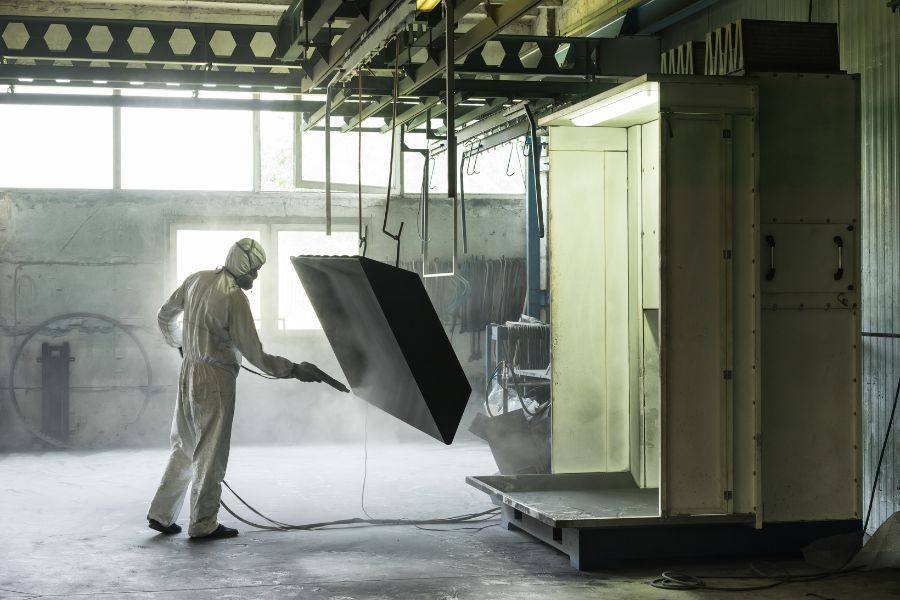
Corrosion protection coatings have come a long way from traditional paints and coatings. Advanced coatings offer superior protection and durability for critical systems. Some notable advancements include:
- Nano-coatings: These ultra-thin coatings use nanoparticles to create a barrier that prevents moisture and oxygen from reaching the metal surface, effectively inhibiting corrosion. These coatings are incredibly thin, often measuring only a few nanometers in thickness. Despite their thinness, they provide a robust barrier against corrosion.The key mechanism behind nano-coatings is their ability to create a nearly impermeable shield. When applied to a metal surface, the nanoparticles form a densely packed layer that inhibits the ingress of moisture, oxygen, and corrosive substances. This prevents the electrochemical reactions that lead to corrosion. Nano-coatings find applications in various industries, including aerospace, automotive, and maritime, where corrosion resistance is critical. Their effectiveness in inhibiting corrosion has made them an invaluable choice for protecting sensitive and high-value components.
- Ceramic Coatings: Ceramic coatings provide exceptional resistance to high temperatures and harsh chemicals. They are commonly used in critical systems exposed to extreme conditions. Ceramic coatings can be applied through various methods, including thermal spraying and chemical vapour deposition.These coatings are composed of ceramic materials like alumina, zirconia, or silicon carbide. These ceramics create a robust and chemically stable layer on the metal substrate. This layer acts as a shield, safeguarding the underlying material from corrosion, as well as from thermal and chemical damage.In applications like gas turbines, exhaust systems, and chemical processing equipment, where both high temperatures and corrosion are prevalent, ceramic coatings are indispensable. They extend the lifespan of critical components and ensure their continuous performance.
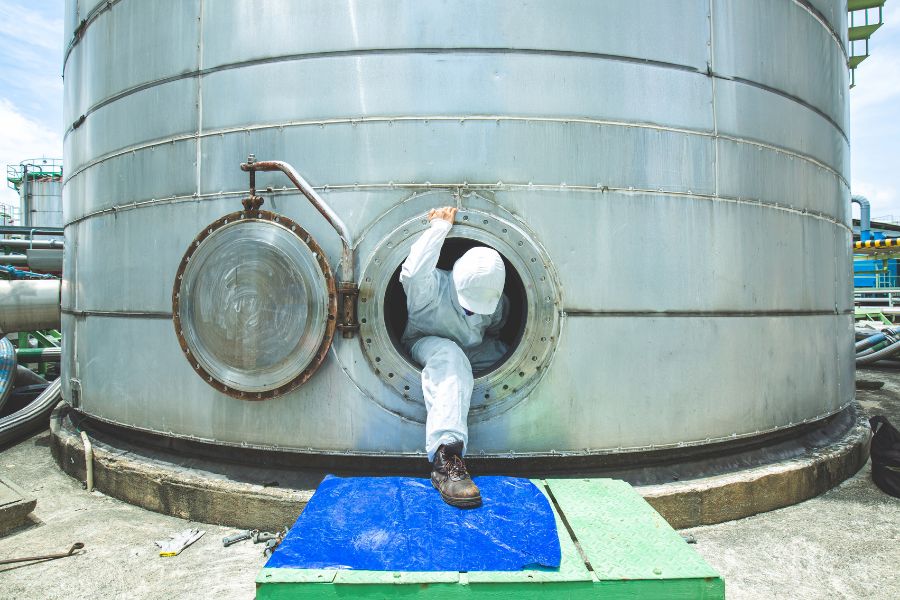
- Thermal Sprayed Coatings: Thermal sprayed coatings, such as thermal barrier coatings and corrosion-resistant coatings, offer excellent protection against corrosion and wear for critical components in power plants and industrial machinery.This process involves heating a material, such as a metal or ceramic powder, to a molten or semi-molten state and then propelling it onto the substrate using a specialized spray gun.Two common types of thermal sprayed coatings for corrosion protection are:
- Thermal Barrier Coatings (TBCs): TBCs are commonly used in the aerospace and power generation industries. They provide thermal insulation to components exposed to high temperatures, while also offering resistance to corrosion. They are essential for protecting gas turbine blades and other high-temperature components.
- Corrosion-Resistant Coatings: These coatings are designed specifically to combat corrosion. They are used in a wide range of applications, including offshore platforms, industrial machinery, and pipelines. Materials like zinc, aluminium, and their alloys are often used as feedstock for these coatings.
Advanced Corrosion Mitigation Techniques:
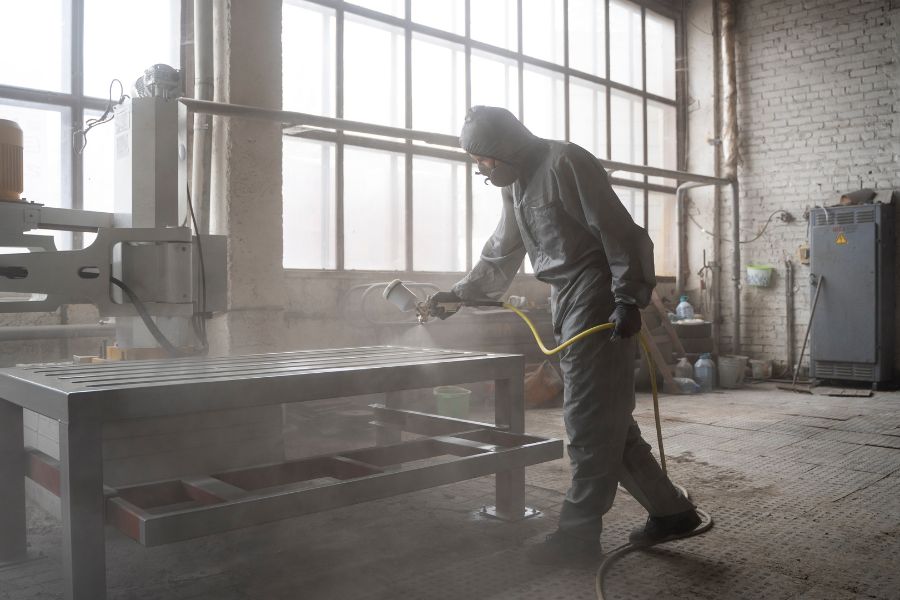
Preventing corrosion is not always possible, but mitigating its effects is essential. Advanced corrosion mitigation techniques include:
- Cathodic Protection: This method involves the application of a sacrificial anode or impressed current to protect metal structures from corrosion. It is widely used in pipelines, offshore platforms, and underground storage tanks.
- Corrosion Inhibitors: Corrosion inhibitors are chemicals that can be added to the environment or directly to critical systems to reduce corrosion rates. They work by forming a protective barrier on the metal surface.
- Advanced Material Selection: Choosing corrosion-resistant materials, such as stainless steel or specialized alloys, is a proactive approach to combating corrosion in critical systems.
Conclusion
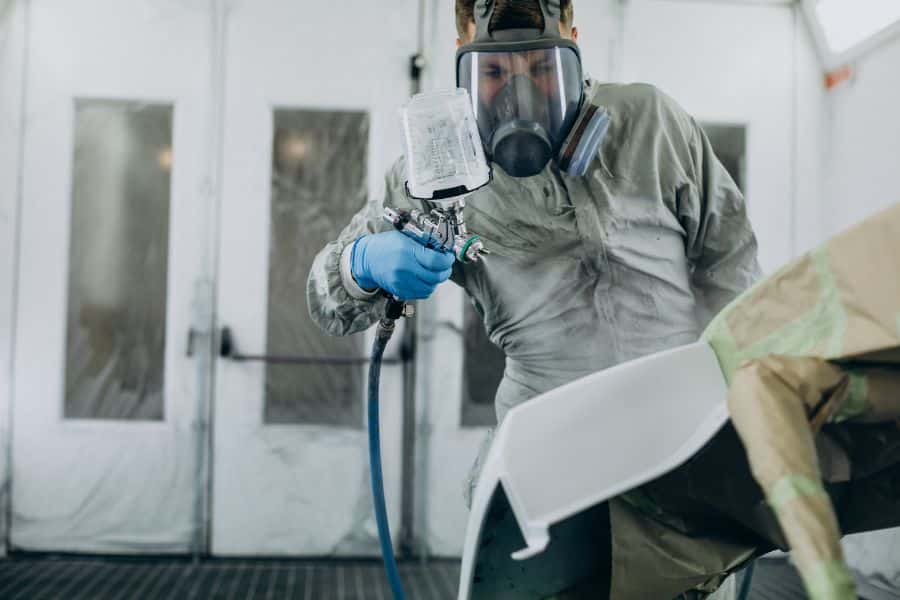
In the world of critical systems, advanced corrosion control strategies are indispensable. Early detection through advanced monitoring techniques, the use of cutting-edge corrosion protection coatings, and the implementation of mitigation techniques can significantly extend the lifespan and reliability of critical infrastructure.
To further enhance your knowledge of corrosion control, consider enrolling in courses offered by the CORCON Institute of Corrosion. Our institute provides comprehensive training in corrosion science and engineering, equipping professionals with the skills and knowledge needed to tackle corrosion challenges effectively. Don’t miss the opportunity to fortify your expertise in corrosion control. Visit our website to explore the courses we offer and take your career to the next level. Protecting critical systems starts with education, and we are here to support your journey.
Image reference: Freepik
Disclaimer: All trademarks, logos, and brand names are the property of their respective owners. All company, product, and service names used in this website are for identification purposes only. Use of these names, trademarks, and brands does not imply endorsement.

